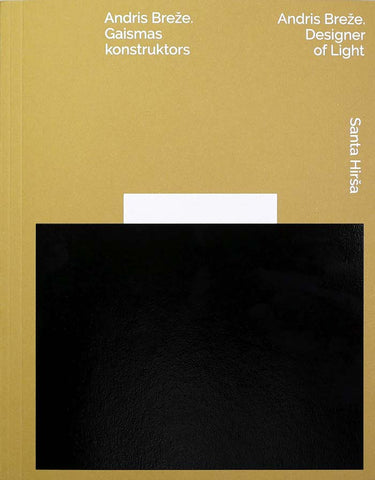
"Andris Breže (1958) belongs to that generation of Latvian artists whose entry into artistic life coincided with radical geopolitical shifts. The works of this generation of creative people functioned both as witnesses of the complex changes as well as a driving force behind them, since the cultural workers of the time and culture itself had a great impact on the awareness of society and social processes as a whole,” says the author of the book art historian Santa Hirša.

Andris Breže entered the art world in the 1980s with a sharp, anti-totalitarian irony and a new search for artistic expression manifesting as poetic installations. For more than 40 years, Breže's art has retained the ability to express the complex relationship of time and power in the language of art.
Breže's artistic style and its pronounced individualism has never been introverted; rather, it has resonated and "filtered through itself" the collisions and contradictions of entire epoch, without becoming didactically illustritive. The zeitgeist commentary in Breže's works is like subtle, almost transparent footnotes, which are usually masked as jokes. Wit and irony are integral aspects of Breže's works, as well as being an indelible impression left by Soviet reality, a tattoo from a time when everything had a double meaning.
Santa Hirša

Author of the monograph "Designer of Light" analyses the most important features of artist Andris Breže's work, trying to reveal significant connections with the history of avant-garde art, as well as allowing to approach the still unwritten history of Latvian contemporary art from a new perspective. Santa Hirša's text about the artist is supplemented by an interview with Andris Breže.

Santa Hirša is an art scholar and critic who focuses on the analysis of contemporary visual cultural processes and their impact on the society. She studiet art history and theory at the Latvian Academy of Art, choosing manifestations of Soviet modernism in visual art as her sphere of interest. She as a rewiever of current art events and author of a book about the artist Krišs Salmanis (Neputns, 2018).